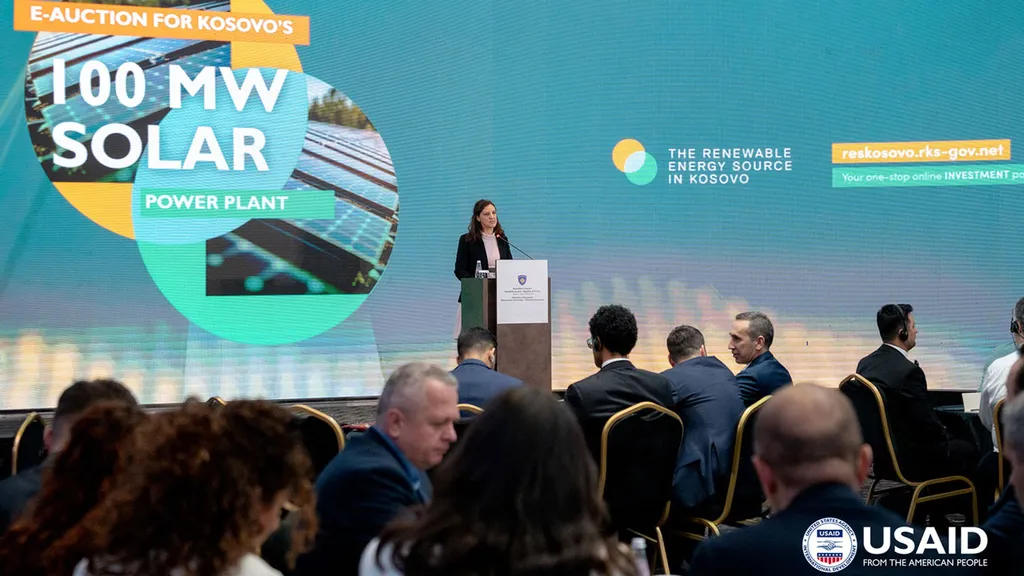In the heart of Kosovo, researchers are unraveling the secrets of reinforced sand, and their findings could have significant implications for the energy sector. Ahmeti Hysen, a researcher at the Faculty of Civil Engineering and Infrastructure at the University for Business and Technology in Prishtina, has been leading a study that delves into the behavior of sand treated with cement and fibers under triaxial tensile loads. The research, published in the journal *Studia Geotechnica et Mechanica* (which translates to *Studies in Geotechnics and Mechanics*), offers insights that could revolutionize the way we approach construction and energy infrastructure.
The study focused on sand samples treated with varying amounts of cement and two types of polypropylene fibers. The specimens were subjected to direct triaxial tension at different confining pressures, and the results were nothing short of intriguing. “The addition of fibers led to a reduction in the peak deviator stress and an increase in the residual deviator stress,” Hysen explained. This shift indicates a transition from brittle to ductile behavior, a crucial finding for the energy sector where the stability and flexibility of materials are paramount.
One of the most compelling aspects of the research is its potential impact on the energy sector. The energy industry often relies on stable and durable materials for construction, particularly in areas prone to seismic activity or other dynamic loads. The findings suggest that the incorporation of fibers into cement-treated sand could enhance the material’s ability to withstand such conditions. “The energy absorbed by fibers with a diameter of 23 μm was lower compared to those with a diameter of 300 μm,” Hysen noted. This detail could guide future material selection and design processes, ensuring that the right fibers are used for specific applications.
The study also revealed that the addition of fibers influenced the strength parameters, resulting in a decrease in the cohesion intercept and an increase in the internal friction angle. These insights could lead to more efficient and cost-effective construction practices in the energy sector. For instance, the use of fiber-reinforced sand could reduce the need for additional structural support, lowering construction costs and improving project timelines.
The research by Hysen and his team is a testament to the power of innovation in the construction industry. By understanding the behavior of reinforced sand under various conditions, we can pave the way for more resilient and sustainable energy infrastructure. As the energy sector continues to evolve, the insights gained from this study could play a pivotal role in shaping the future of construction and material science.
In the words of Hysen, “This research opens up new avenues for exploring the potential of fiber-reinforced materials in the energy sector.” As we look to the future, the findings from this study could very well be the foundation upon which the next generation of energy infrastructure is built. The journey of discovery is far from over, but the path forward is becoming increasingly clear, thanks to the groundbreaking work of researchers like Hysen.

